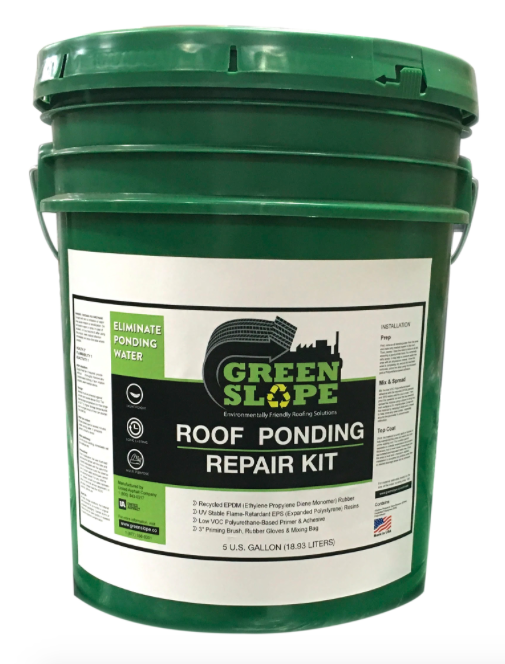Earlier this year, the USGBC announced a 16-month extension to register products under LEED 2009, prior to the implementation of LEED v4 on Oct. 31, 2016. The action set off speculation, both off and online, about what caused USGBC to act with some calling for a more in-depth explanation for the delay. But the real reason, most likely, was simply stated in USGBC’s own press release: In a survey taken at GreenBuild in late October, 61 percent of respondents—almost two-thirds of those polled—said they are “not ready” or “unsure” if they were ready to pursue LEED v4 and required additional time to prepare. USGBC said it was also getting the same message from the international community.
The response to the USGBC action tended to fall into two camps: those who said the council was caving to the pressure of industry and those who said USGBC was taking a reasonable action after having put forward a complicated, unworkable and unneeded ratings system. Based on my extensive work with code-setting and regulatory bodies, I see a third option emerging, one that bodes well for the environment and the building sector.
During the past year, as part of my job as associate executive director of the EPDM Roofing Association (ERA), I have attended and testified at more than 20 hearings held by a broad range of groups, including the IGCC, SCAQMD (the South Coast Air Quality Management District, overseeing much of Southern California) and ASHRAE. Frequently, I have been accompanied by representatives of our member companies, Firestone, Carlisle and Johns Manville. And often I have been joined by members of industry groups, such as the American High-Performance Buildings Coalition.
Collectively, we have offered our findings on a range of issues that are critical to our industry, such as the importance of climate in the choice of roofing color and the need to preserve the builder’s choice when deciding on reflectivity options and the unique qualities of ballasted roofing that should be considered in any code-setting activities. Our testimony is based on meticulous research, as well as on empirical evidence and firsthand knowledge gained from years of experience in the building industry. Increasingly, we find that we are listened to and that our interaction with code-setting and regulatory bodies is a mutually beneficial exchange of ideas, rather than an adversarial give-and-take.
For instance, we worked closely with the Ozone Transport Commission in its efforts to achieve federally mandated clean air standards in the Northeast and Mid-Atlantic states. Initially, we pointed out that their proposed regulations would have mandated the use of low-VOC products that were in development but not yet available in the marketplace. And we also demonstrated that the roofing industry would need ample time to train roofing contractors in the use of these new products. We worked with regulators, state by state, and developed a mutually agreed upon seasonal approach. While the process is still ongoing, many state regulators expressed their gratitude for the advice we offered and the expertise we brought to the table.
I am certainly not privy to the inner workings of the USGBC. But their extension of the deadline for the implementation of LEED v4 seems to be part of a trend: The groups who are drawing up codes, regulations, and ratings systems are increasingly working with the building industry and the end results are based on good science and good sense.



Be the first to comment on "USGBC and other Code-, Regulation- and Guideline-setting Bodies Are Increasingly Working with Industry"